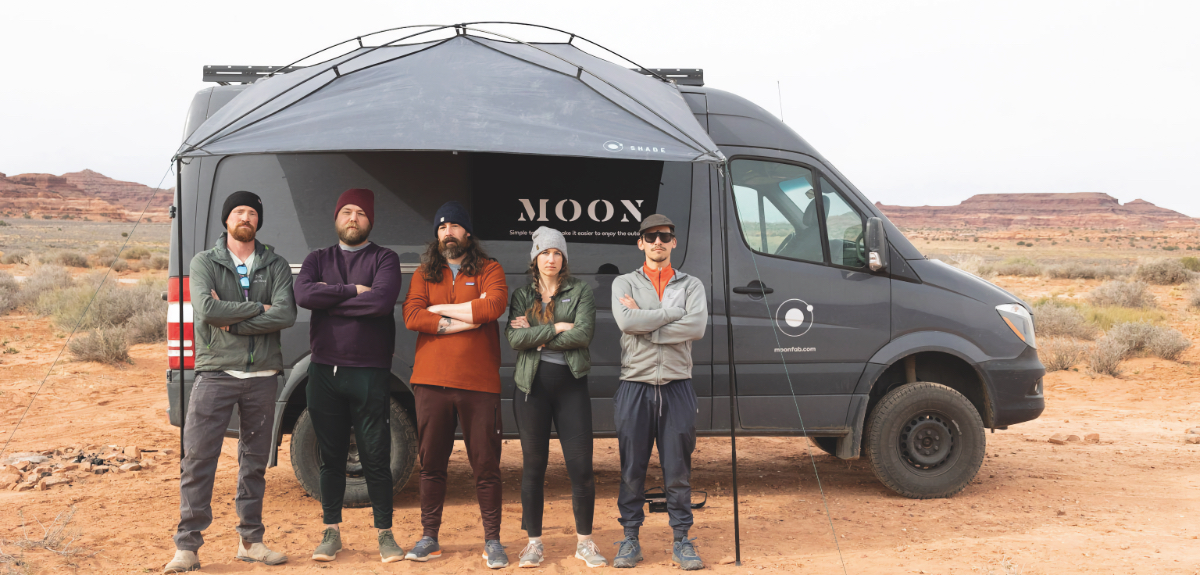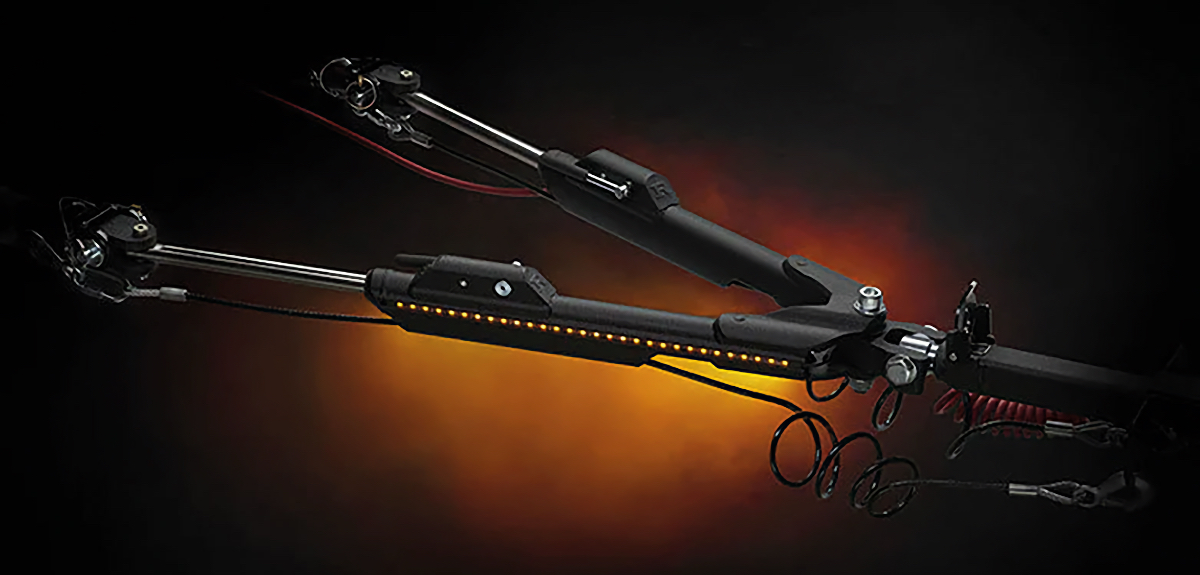Tenting and RVing
Who Says We Have to Choose? The Top Home Bases for Exploration Coexist at Some of the Best Campgrounds in North America
Image Caption: Photo Credit: Getty
Tent camping has come a long way since primitive humans erected shelters from sticks and mammoth hides 40,000 years ago. Today’s campers acquire ready-to-assemble tents at stores and via the internet—no hunting or skinning required.
But while tent construction has evolved, the drive to explore the wild hasn’t changed. For many of us, tent camping served as an introduction to the great outdoors, and we still crave fresh air and closeness to nature that comes with tenting. Basic needs like shelter, warmth, and privacy are more than met in a canvas castle, plus we’re mere inches away from the natural setting we all enjoy. And, though some have moved on from inflatable mattresses, sleeping bags, and rolling coolers to the plush residential comforts of an RV, there are some purists (or adventure lovers) who prefer sleeping in a tent. But we’re not here to pick sides. There are plenty of campgrounds that allow both RV and tent camping. We’re all here for essentially the same thing, right?
So, back away from the fifth-wheel, or step out of the Class A, and let’s examine the ins and outs of top-notch tenting. Who knows? You may be tempted to leave the RV behind on your next adventure …
Preparation
First, get a clear vision of your travel aspirations. Tent outings can range from long backcountry hikes to sedentary stays at upscale resorts. Understanding your camping style and environment will inform your planning and buying decisions.
How Many in Your Party?
Make sure your tent has enough room—and then some—for every member of your group. Factor in the space needs for gear as well as pets. And if your tenting partner is a restless sleeper, make sure you have enough room to avoid thrashing arms and legs.
Seasons in the Sun
Like clothing, tent design varies based on the seasons. Campers who limit their travel to spring, summer, and fall should opt for a three-season tent. These types come with ample mesh panels for airflow and can withstand rain with zippered doors and window coverings. They also keep insects out.
Ready to rough it? Try a four-season tent. This structure has the virtues of the three-season model but also packs a few more poles and heavier fabric for snow, high winds, and cold weather.
For experienced campers who laugh in the face of sleet and snow, expedition tents fit the bill. Their domed, low profiles resist gusts and snow accumulation but deprive occupants of headroom. Fewer mesh but more poles and sturdy fabric help these tents hold up against Mother Nature’s fury.
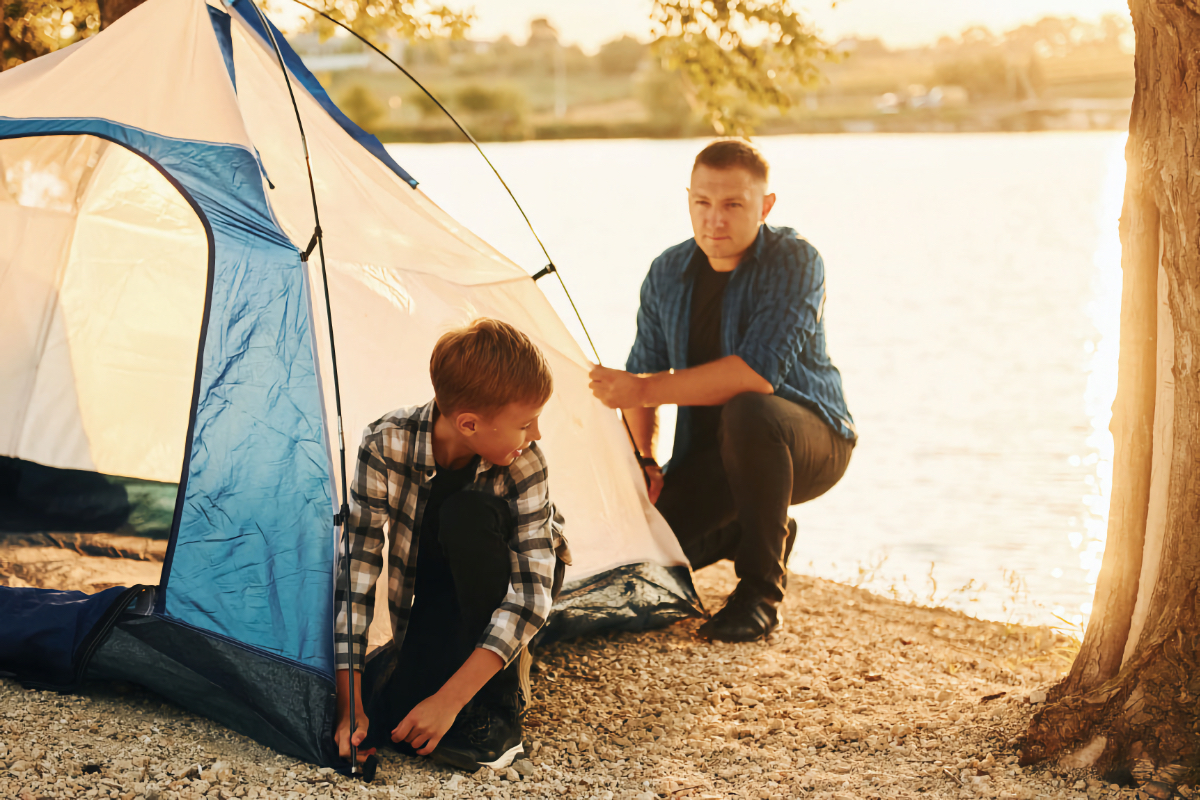
Photo Credit: Getty
Tent Specs
Tents won’t give you the same room as a house (or an RV, for that matter), but you don’t have to settle on a shelter that forces you to crouch. Check the peak height for adequate headroom. Equally critical is floor length. Taller campers should get a tent with a floor length of at least 7 feet, 6 inches.
Tent Styles
Tents come in a dizzying array of styles, including the classic A-frame design, with its simple triangular shape; the duplex, a variation of the A-frame with more sleeping room; or the dome tent, with a “bell” shape on a circular or polygon footprint, just to name a few. If roominess is a top priority, consider a cabin tent with nearly vertical walls and lots of headroom. There also are tents that can be assembled in truck beds or on vehicle roofs. Many tents come with seethrough screens on the roof for ventilation and stargazing.
And, as you narrow down your tent-buying decision, determine if you need the following, which are built-in or offered as accessories:
Rainfly: This separate waterproof cover fits over the tent for rain protection.
Vestibule/Garage: The extra shelter or awning attaches to a tent to protect your boots or packs.
Loops and Pockets: Many tent interiors are outfitted with pockets for stowing things and loops for hanging lanterns or other gear.
Some Assembly Required
When I camped as a kid, tent kits were often a confusing collection of pole segments, stakes, and fabric. Today’s tent designers have streamlined the assembly process by reducing the number of poles and relying on clips and sleeves to connect the fabric to the poles. Many tents use color coding to help campers assemble the shelter in a snap. Before embarking, take the time to practice setup at home. This will help you get acquainted with the setup process to avoid wasting precious camping time.
Waterproofing your tent will help give extra protection against rain. While the tent is assembled, spray a liquid product like Star brite Waterproofing onto the fabric and let it dry.
Finally, make sure you’ve got a layer of protection between your tent and the ground. Get a custom-fitted ground cloth to place under your tent and guard against moisture and rough terra firma.
Setting Up Camp
If you’re setting up in a campground, tent sites should be fairly level and large enough for your shelter. Backcountry camping is a different story. Look for a flat spot and remove debris. Seek out natural windbreaks but avoid camping under trees with limbs that might break off. Avoid low-lying areas that might flood. In all cases, safeguard your food from critters.
Glamping Options
Many campgrounds offer well-appointed “glamping” tents with wooden floors and comfortable furniture. Hard-core tenters might mock this lifestyle, but either way, it beats mammoth hide.
9 Perfect Campground for Tenters and RVers
Okay, so maybe you’re still a bit hesitant to go all-out tent camping. There is a solution that allows you to have your trusty RV handy, mere steps away from your newfound fabric friend. Situated in some of the most beautiful locations in North America, the following campgrounds offer sites for both RV travelers and tent campers. Tent campers can enjoy a bracing outdoor experience with all the amenities needed for a comfortable outing, while RVers can dip their toes in the tenting waters without missing out on their comfy sofa and big-screen TV.
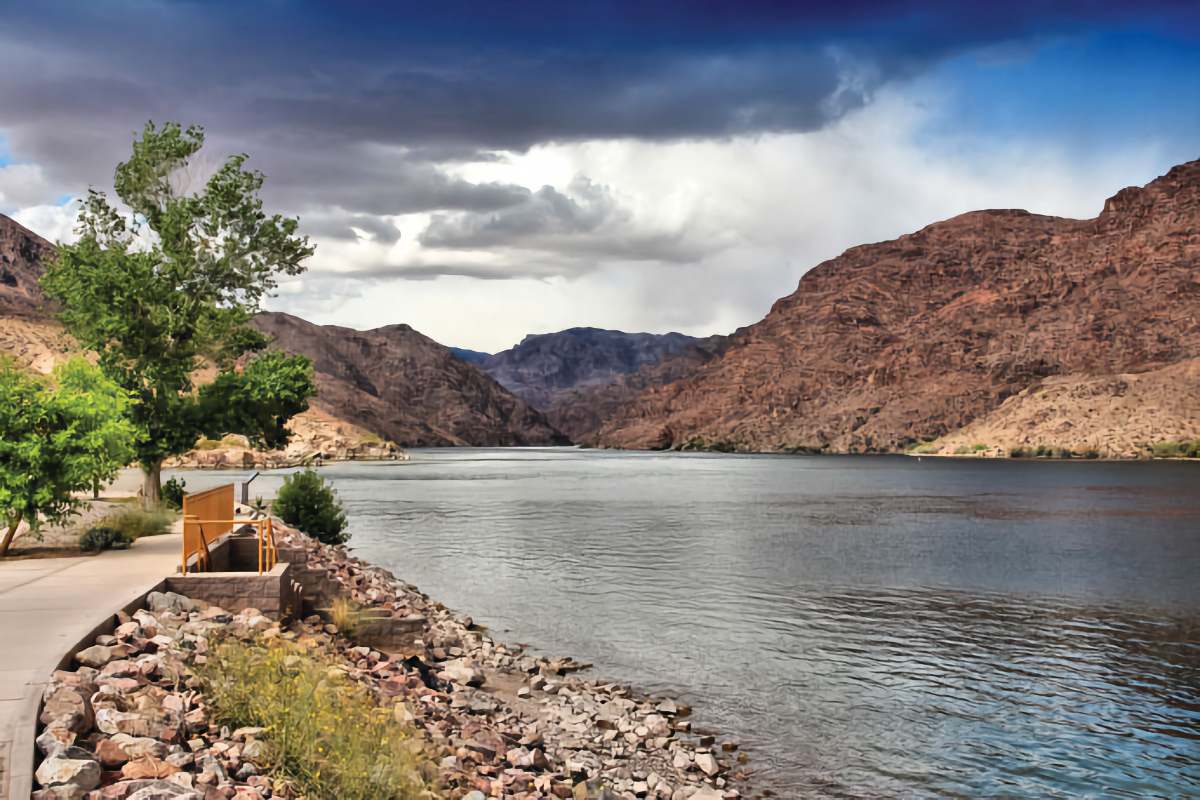
Photo Credit: Getty
Willow Beach Marina & Campground
Lake Mead National Recreation Area, Arizona
Open year-round, Willow Beach’s tenting area sits under steep canyon walls, offering great views. Surrounding trails give hikers a chance to explore. A fire ring and picnic table are included at each site, and campers can amble down to the marina for boat rentals.
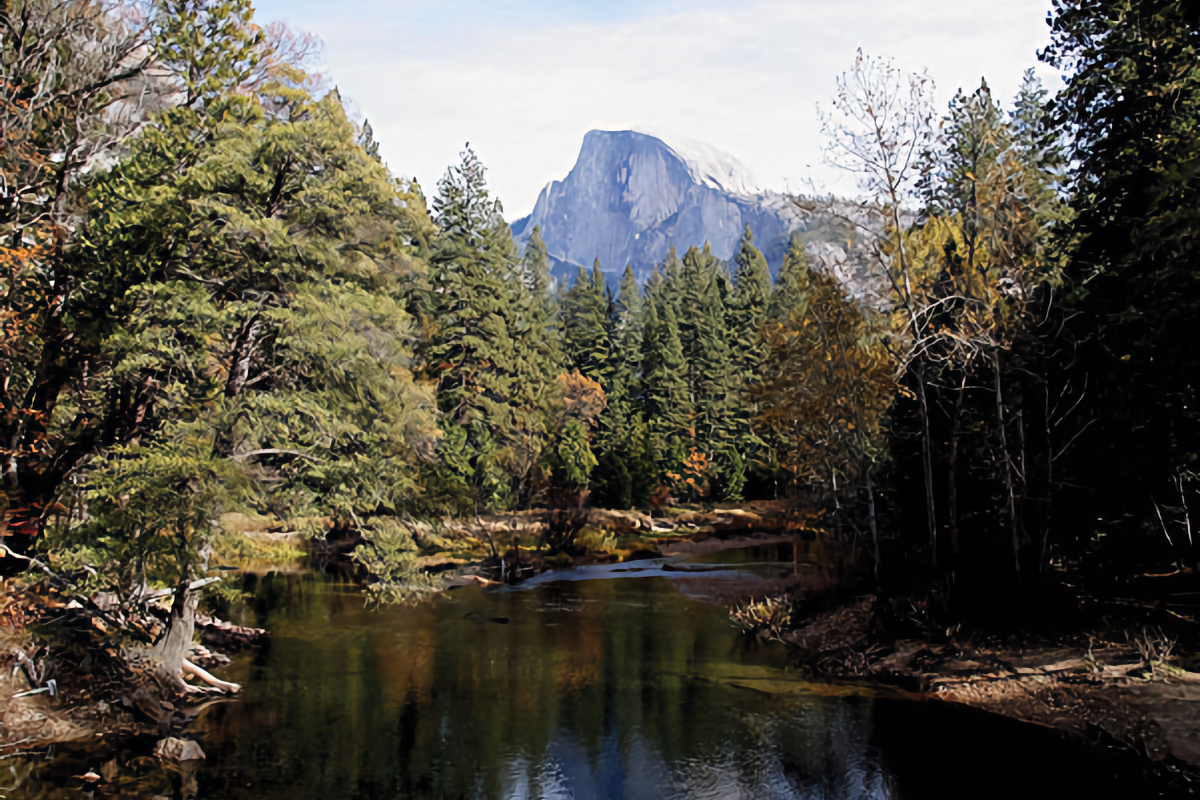
Photo Credit: Getty
North Pines Campground
Yosemite National Park, California
Sitting at the east end of the stunning Yosemite Valley, North Pines surrounds guests with iconic scenery steps from the Merced River. Wake up early, unzip your tent, and hit the trail to Half Dome or Mirror Lake. There are flush toilets but no showers. North Pines is open seasonally from early April through the end of October by reservation only, and sites book up fast.
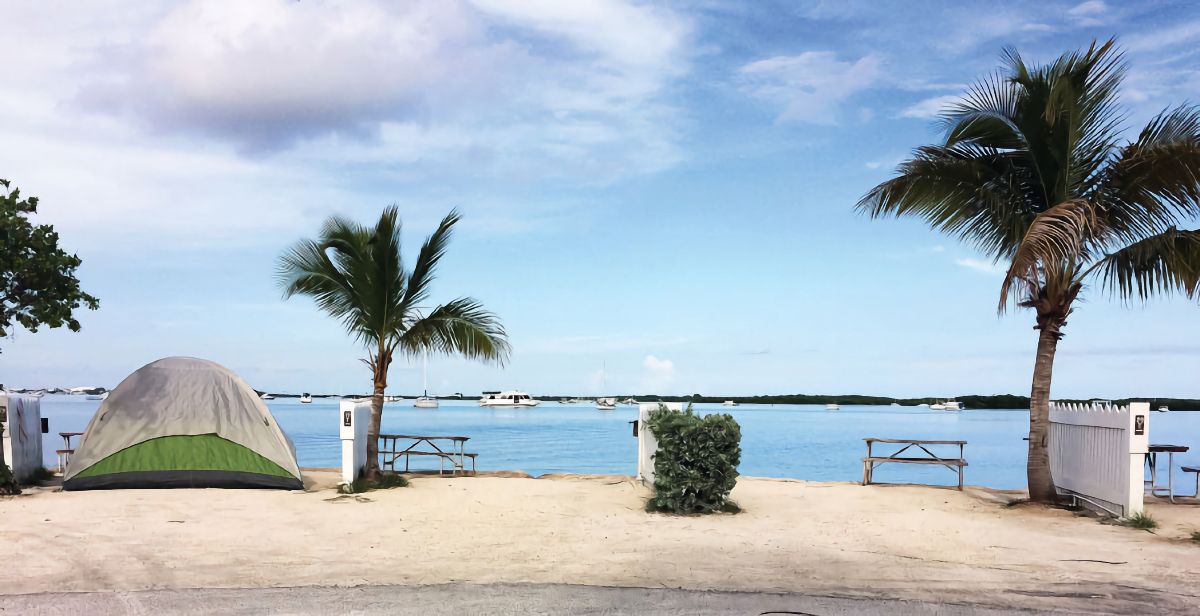
Photo Credit: Getty
Boyd’s Key West Campground
Key West, Florida
Wake up to the sound of ocean waves at Boyd’s Key West, which puts tent campers close to the water. Go fishing, boating, or swimming, or head into town to imbibe brews at Sloppy Joe’s, frequented by author Ernest Hemingway in the 1930s. Includes picnic tables and barbecue grills at tent sites; laundry facilities, restrooms, and firewood are available.
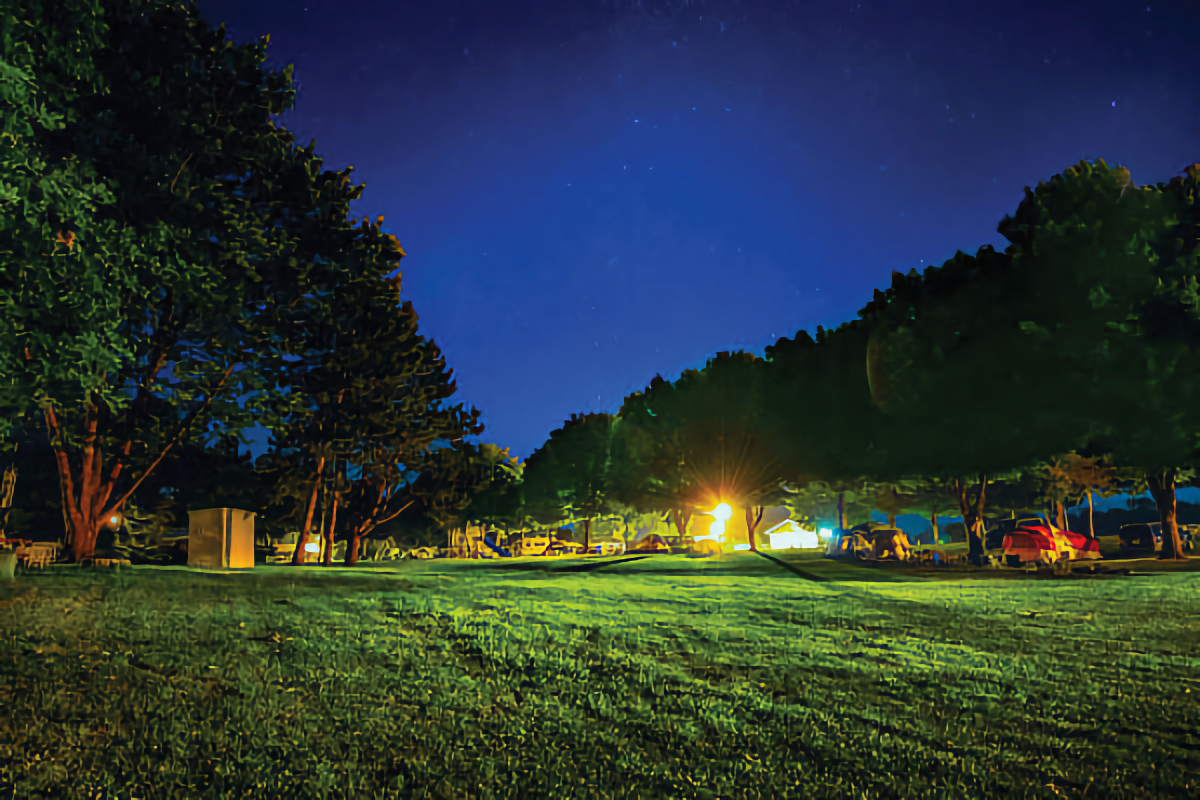
Photo Credit: Getty
Waffle Farms Campgrounds
Coldwater, Michigan
Nestled in the lush woods of southern Michigan, Waffle Farms’ tent sites are set apart from the rest of the campground. Campers can also take a short walk for games, kayaking, and canoeing on Craig Lake. Fishing is first-rate for bluegill, crappie, perch, smallmouth bass, and northern pike. Includes restrooms, groceries, fishing supplies, and firewood.
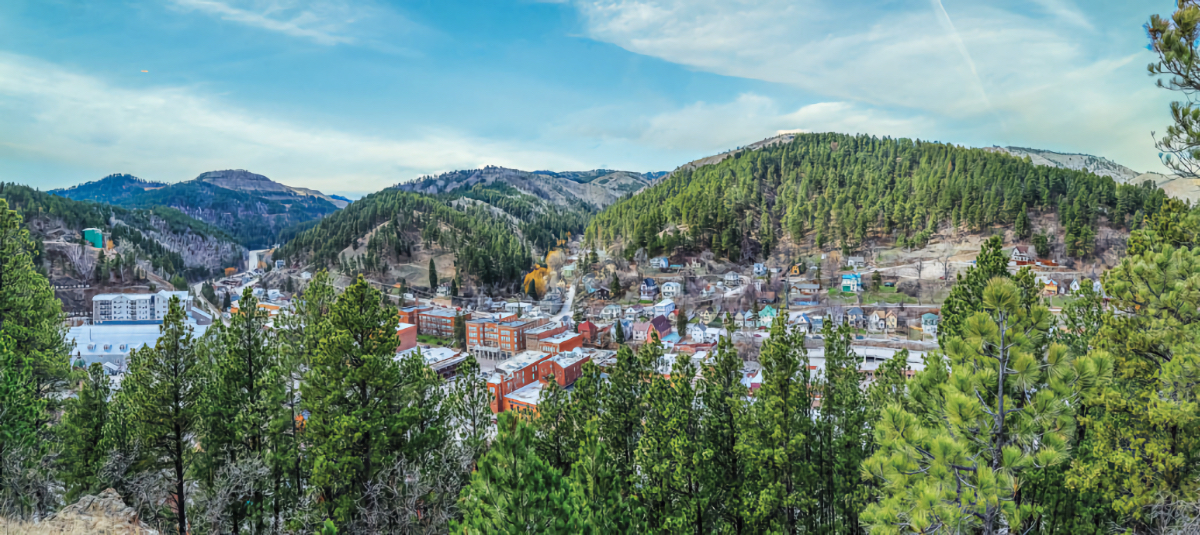
Photo Credit: Getty
Whistler Gulch RV Park & Campground
Deadwood, South Dakota
On the outskirts of an iconic Wild West town, Whistler Gulch spoils tent campers with secluded spots carved into the hillside. Camp amid aspens or in a smaller section with electrical power. Hit the nearby trails and hike to surrounding Black Hills attractions. Includes restrooms, laundromat, showers, and firewood.
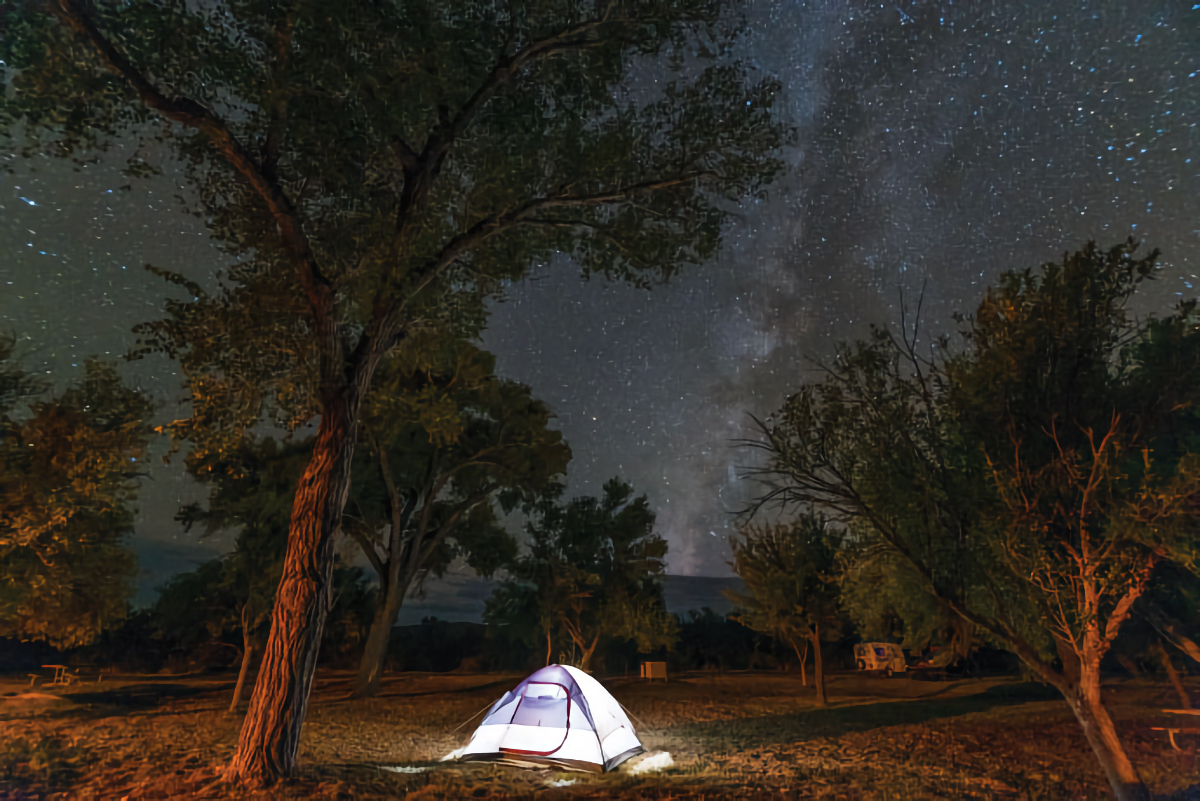
Photo Credit: Getty
Cottonwood Campground
Big Bend National Park, Texas
Big Bend National Park ranks as an International Dark Sky Park due to its crystal-clear night skies. Stargaze from Cottonwood Campground, located in the park’s western corner near the banks of the Rio Grande. Count the stars visible through the screen on your tent’s roof before dreaming about the next day’s adventures. Includes vault toilets, picnic tables, and grills.
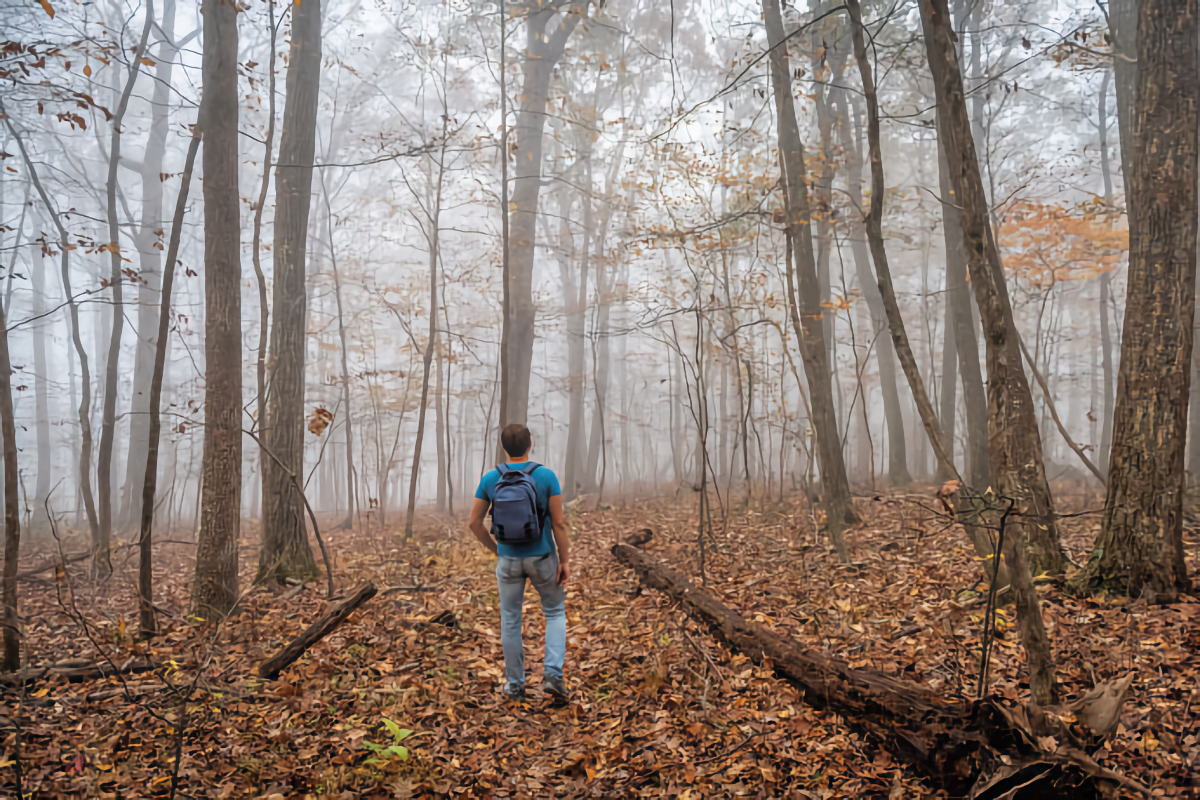
Photo Credit: Getty
Waynesboro North 340 Campground
Waynesboro, Virginia
Camp minutes from the Appalachian Trail and a stone’s throw from wineries and breweries. Located in Shenandoah Valley, this campground is a hiker’s paradise. Head into town and tip a glass at Stable Craft Brewing for a handcrafted beer and more. Includes restrooms, laundromat, firewood, and groceries.
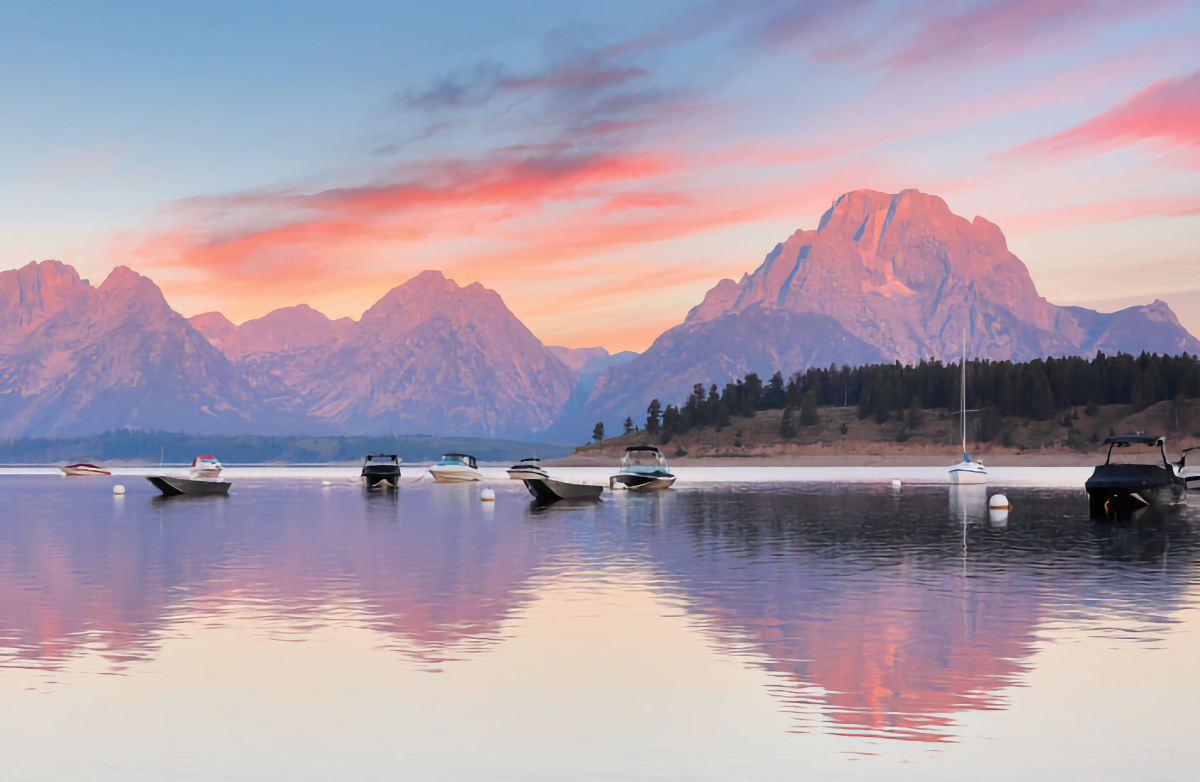
Photo Credit: Getty
Signal Mountain Campground
Grand Teton National Park, Wyoming
Make the spectacular northern Teton Range the backdrop to your next campout. Located in an open lodgepole pine forest near Signal Mountain Lodge, Signal Mountain Campground has spacious sites with vistas of the peaks across from Lake Jackson. Go boating or fishing a short walk from your site, or soak in the scenery. Includes a laundromat and restrooms.
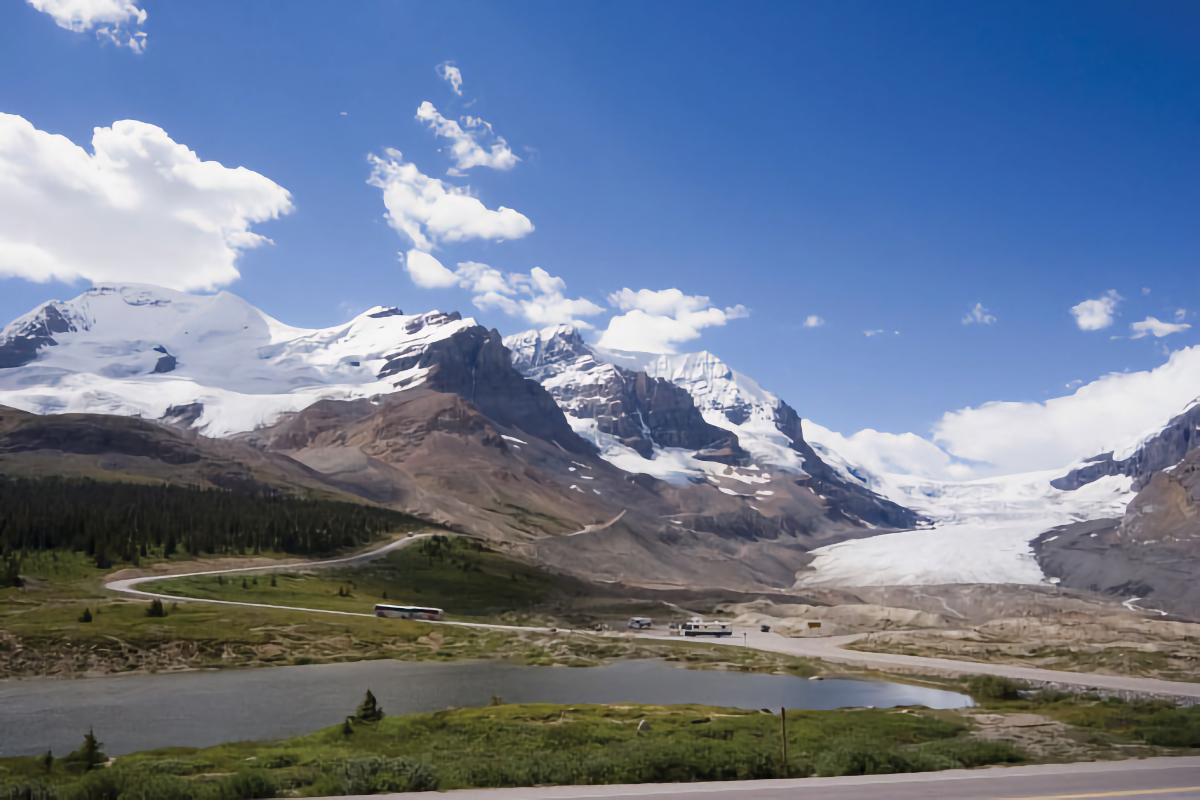
Photo Credit: Getty
Wilcox Creek Campground
Jasper National Park, Alberta, Canada
In the Canadian Rockies, Jasper National Park dazzles hikers with sweeping mountain views and emerald-hued lakes. Near the campground entrance, the Wilcox Pass Trailhead leads campers to Wilcox Pass, a scenic bucket list destination for trail buffs. Three miles to the west lies the Columbia Icefield, with trails to a glacial wonderland. Includes toilets and firewood. pc.gc.ca/en
What’s Your Type?
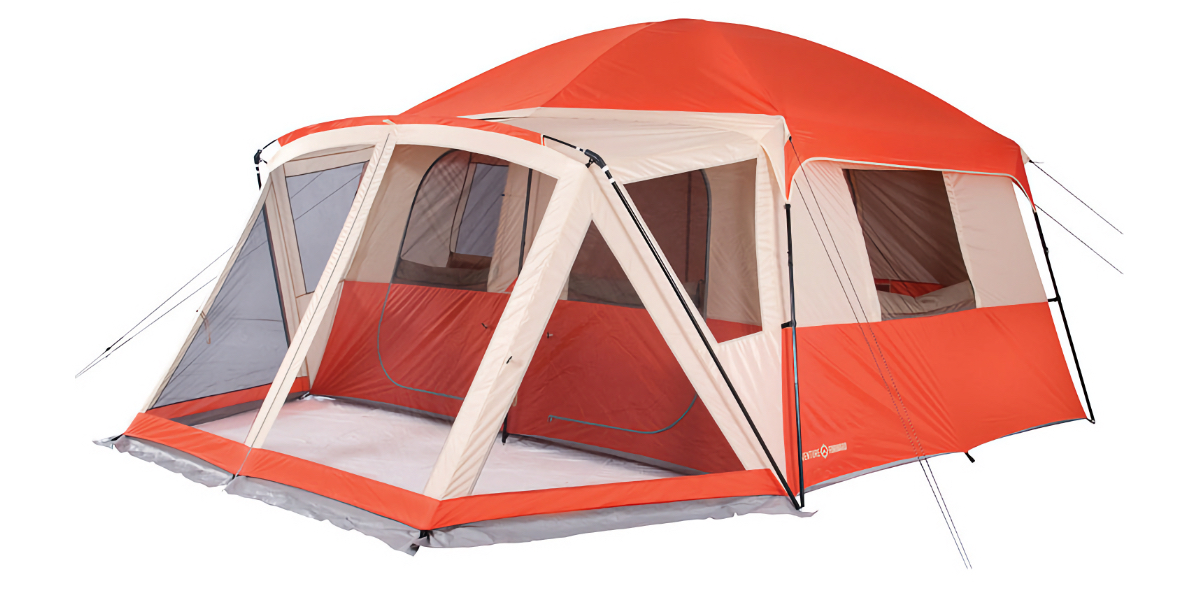
Photo Credit: North Shore
Family Friendly
Yes, you can bring along the whole family! There are plenty of larger tents available with space for everybody. The North Shore 8-person Cabin Tent has a floor size of 12 feet by 10 feet, with a center height of 7 feet, 4 inches. It even boasts a 50-square-foot screened porch. Plus, it all folds down into a duffel for easy storage.
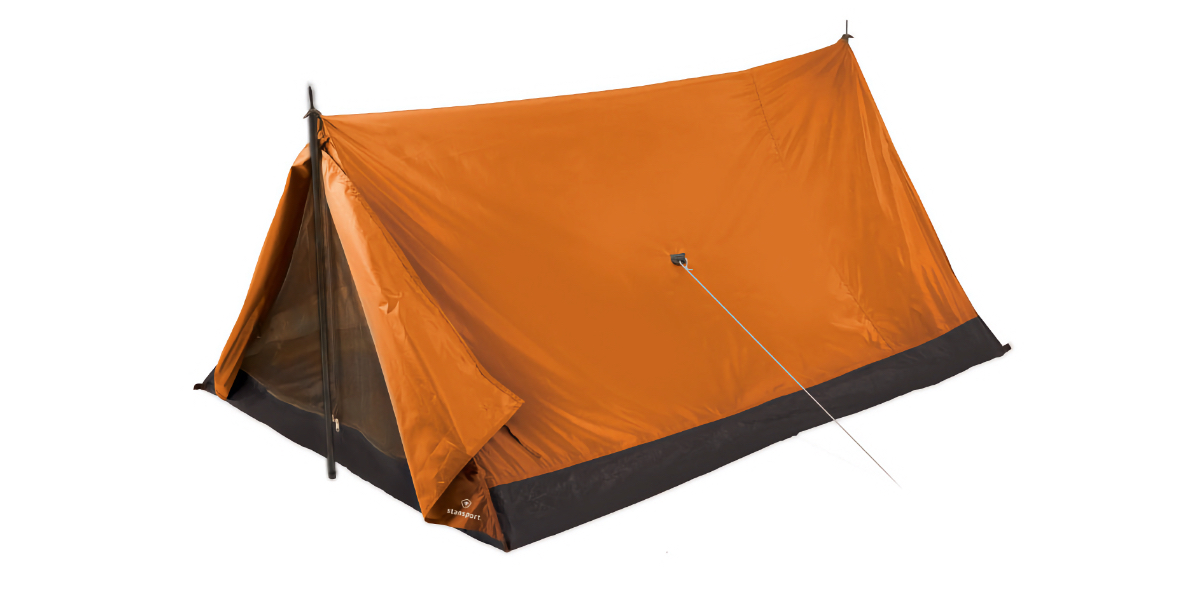
Photo Credit: Stansport
Old Reliable
There’s a reason the A-frame is the original tent design. It’s simple, offers a tall center and a wide base, and its shape does a decent job repelling wind and rain. The sturdy A-frame Stansport Scout 2-person backpack tent sets up with only two poles, ropes, and stakes and can be stored on a backpack, making it great for hikers.
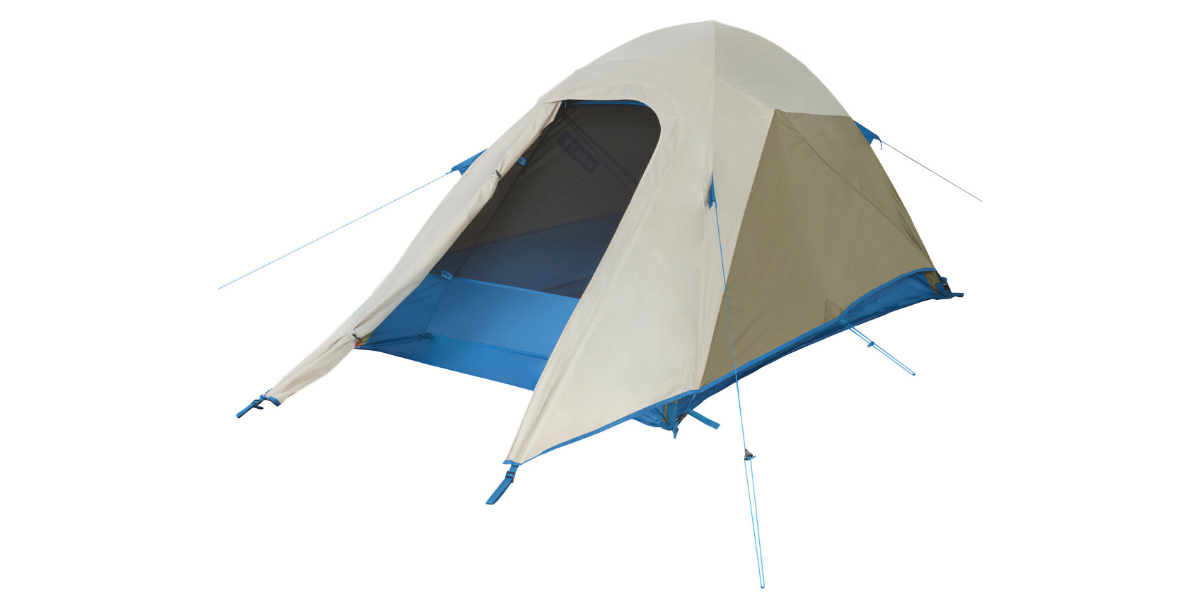
Photo Credit: Kelty
Ring My Bell
Be sure your tent includes a rainfly, especially if its design is like the Kelty Tanglewood 2 Tent. The two-person tent allows for campsite stargazing thanks to its mesh roof (yes, a rainfly is included). The floor size measures 6 feet, 9.5 inches long, and 4 feet, 4 inches wide, and it has a peak height of 3 feet, 8.5 inches.

John Sullaway
John Sullaway has worked for years as a writer and editor for outdoor publications, including RV Business, Highways, and the 2025 North American Campground Guide. A SoCal native, John enjoys spending time with his family, three dogs, and a feral cat that occasionally drops in.


